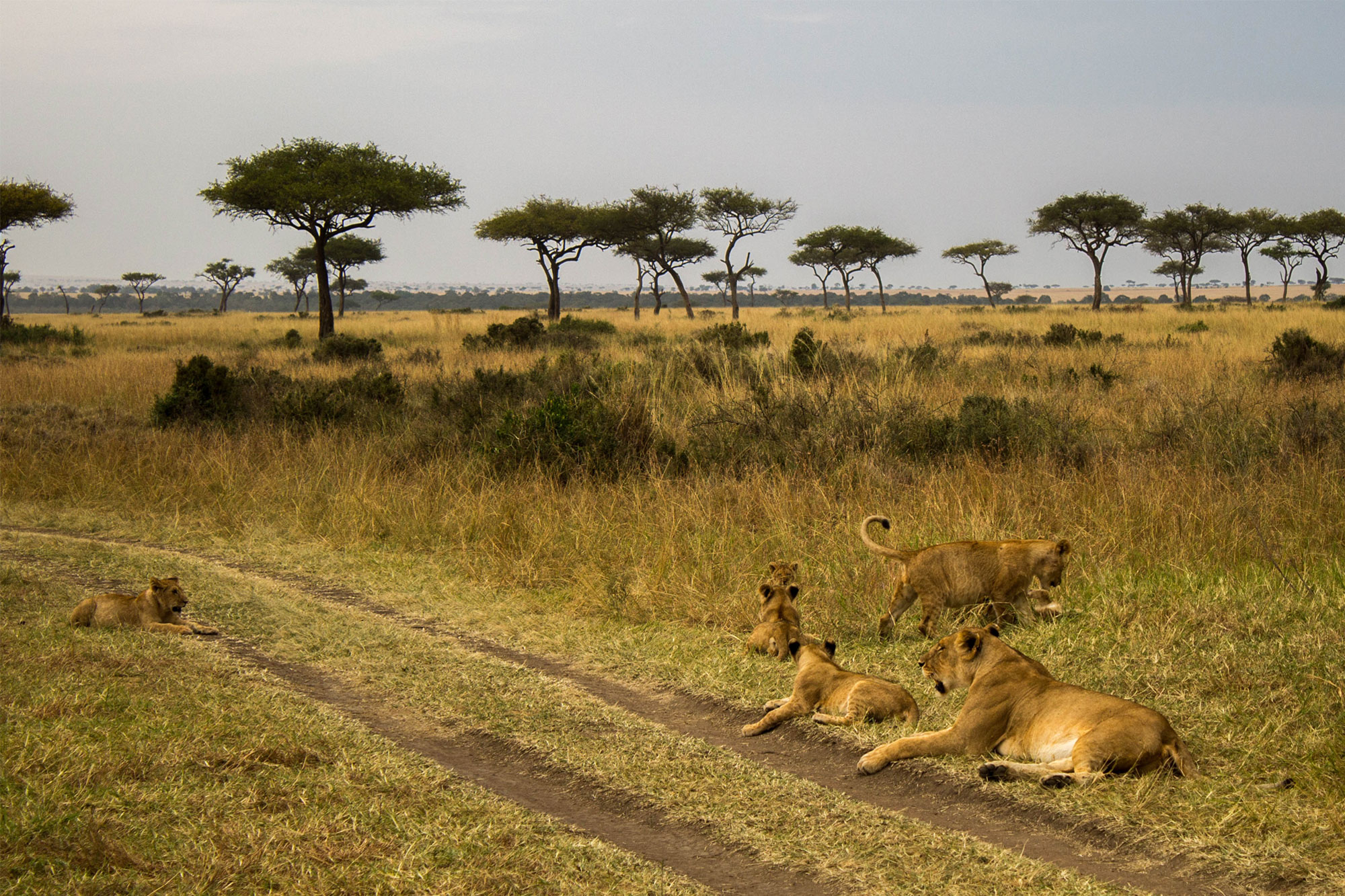Commenting on news reports that a lioness in Indianapolis Zoo has killed the father of her three cubs in their enclosure at the zoo, DICE’s Professor Keith Somerville has the following to say:
“Zoo officials said that Zuri, 12, attacked 10 year-old Nyack and staff at Indianapolis Zoo could not separate the pair. He died of suffocation. The two lions had lived in the same enclosure for eight years and had three cubs in 2015. They could find no obvious explanation for the attack and subsequent death.
“It goes without saying that keeping large, dangerous animals in unnaturally small enclosures will have an affect on their social organisation and the possibilities of conflict between animals in the same enclosures. Lions are the most social of big cats and in the wild live in prides – groups that can range in size from one or two females with dependent cubs up to 20-30 lions with a large number of adult females, their sub-adult young and cubs, and usually a coalition of males that father the cubs and prevent incursions into pride territory by other males.
“Males will fight to the death to prevent other males taking over their prides. When there is a successful takeover, the newly victorious males will often kill the offspring of the former male or males. Lionesses will, on occasion, fight to the death to protect their cubs.
“Severe conflict within prides will often lead to them splitting, and sub-adult males and sometimes females will be driven from the pride when they get to around two years old. Living in the wild, deaths do occur in inter and intra-pride conflicts, but there is also space for lions to escape conflict and establish new groups or become nomads. Conflict is not, therefore, unknown among wild lions and attacks by other lions are a reasonably frequent cause of wild lion mortality.
“In zoos or safari parks, lions cannot break off in the event of conflict within the group – they have nowhere else to go, no dispersal areas or corridors. They are stuck in an enclosed area with no lines of retreat. In this case, lions that come into conflict are less able to mitigate serious conflict by just avoiding the other lion or lions. In 2013, a male lion attacked a lioness at Dallas Zoo and killed her, helped by another male which joined in. In October 2013, a male lion killed a lioness in a small enclosure in a Polish zoo.
“This latest lion death in a zoo is slightly more unusual as it was an older lioness (12 years old) killing a younger, fit male (10 years old) for no reason that was apparent to zoo staff. Lions often thrive and breed well in zoos, but they are a totally unnatural environment for them, which seems the most likely explanation for lion deaths in zoos involving attacks by one or more other lions.”
 Professor Keith Somerville is a member of DICE at the University of Kent. His book on human-lion coexistence and conflict is being published by Routledge in 2019. His study of the media coverage of the Cecil the Lion affair is available as a Kindle book on Amazon.
Professor Keith Somerville is a member of DICE at the University of Kent. His book on human-lion coexistence and conflict is being published by Routledge in 2019. His study of the media coverage of the Cecil the Lion affair is available as a Kindle book on Amazon.

